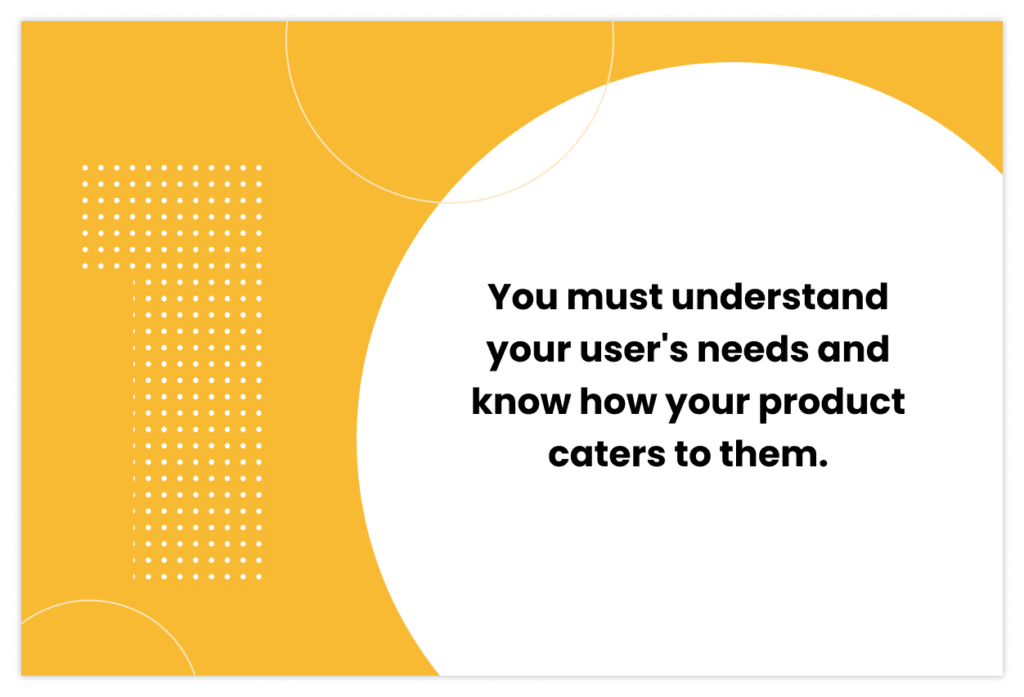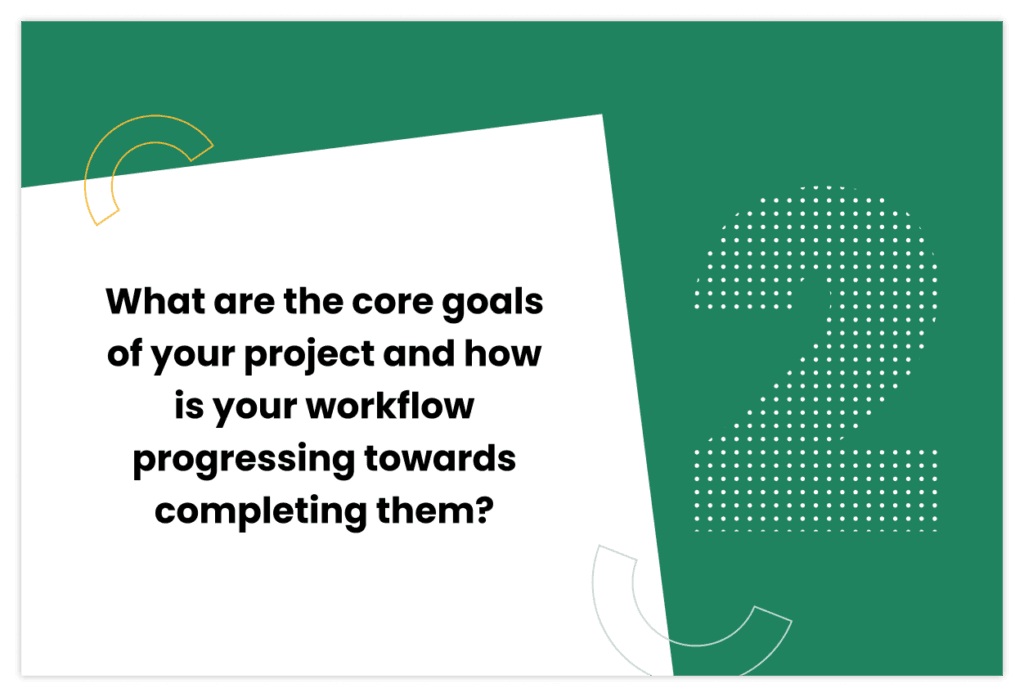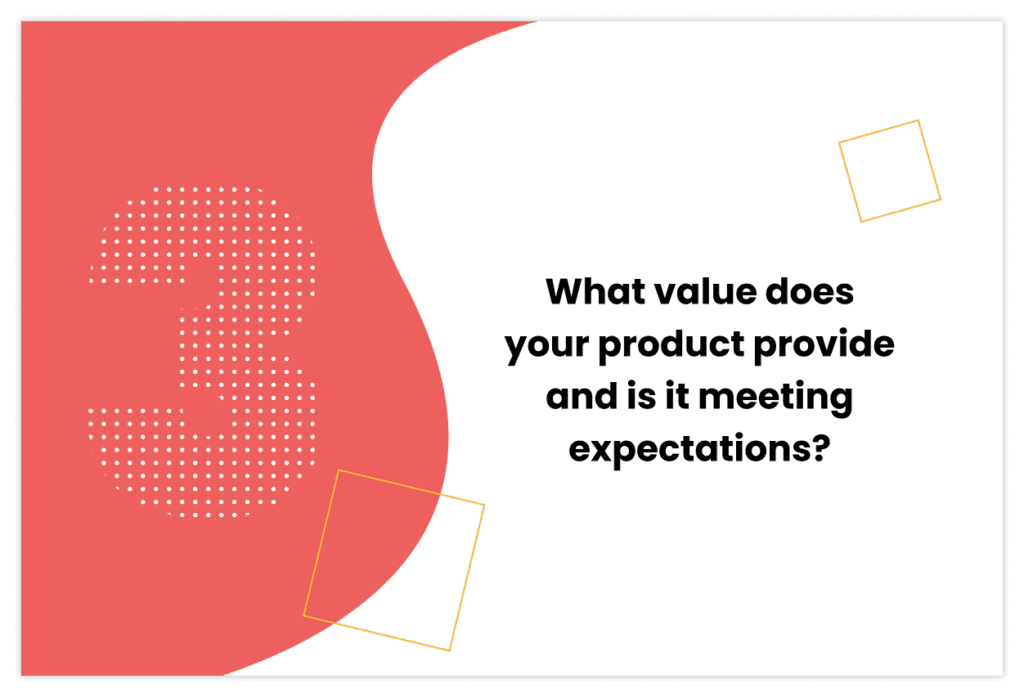3 Things You Need To Know About Your Product
UI/UX Design
User Research
If you're in charge of a digital product, there are three distinct things you need to know about for it to succeed. These ‘things’ are perhaps better framed as answers to questions, with the best product owners able to answer them confidently and concisely. If you can answer these questions, you'll better understand the core ‘things’ we’re saying you need. In your attempt to answer, you’ll be able to map out your product's progress and identify strengths, weaknesses and opportunities. If your product isn't performing to your expectations, you're likely either failing to answer or giving a poor response to the questions. Go on then, enough teasing. We’ll stop being vague and just tell you what these questions are:
Do you know what the product needs to do and why?

Defining need is about thinking outside of your own opinions. What you think your product needs to do is likely different to what your product actually needs. This usually presents a direct conflict, or at least disruption and delay as your team works to build features or functionality that you request without true justification. The true need for a successful product must come from user research. It's the end-users need that must be met, and your product will only ever succeed if it can resolve them. Answering this question with vague statements like “It needs to have a contact us button because our competitors have one” will only ever lead to feature bloat, slowdown and potential failure. Do the right research to define what your user's needs are and then identify ways the product can cater for them. Each new sprint cycle should be anchored around answering needs and solving problems – otherwise, you’re just wasting time. At KOMODO, we use Understanding to build out comprehensive user profiles and journeys, finding the things that make your customers tick and then applying Creativity to cater to their needs. “Thing to know” #1: You must understand your user's needs and know how your product caters to them.
Do you know what is impacting your product’s progress?

It’s hard to track the progress of a project if you don’t know what your milestones are. To set them, you should take the user needs you’ve just outlined and map features and functions in a priority system. The features which most efficiently solve a need are those that must be completed first. Progress should be tracked by working in cycles, with a beginning and end stage built around defining goals and reviewing progress. By working like this, each cycle presents an opportunity to spot mistakes, identify slowdown or failure and plan to fix or improve things at the beginning of the next one. In KOMODO’s process, we work in a 5-step process that includes a reflection stage at the end, which looks back at each part of the project and spots areas for improvement. “Thing to know” #2: What are the core goals of your project and how is your workflow progressing towards completing them?
How is my product driving value?
A successful product can still cost you money. If you’ve built something great and it’s underperforming or you’re planning a launch and can’t justify the spend, you need to re-evaluate how it drives value. Value is about more than just direct conversion. Consider ways the product could save time or money on a business level: Reducing customer complaints, increasing staff efficiency, removing manual processes, etc. All of these things can add value, but you may not have considered them in the product’s workflow and might therefore fail to extract as much value as you can.

At KOMODO, we can take existing products or plans for a new one and use Intelligence to ramp up the product’s value. That may mean increasing direct conversions, but the key point here is that it might also mean other less obvious improvements which will boost overall revenue. For example, in a customer support app we created for a social housing group, we identified that a better customer support facility and repair logging function would reduce the number of phone calls to the team. This, in turn, freed up resources and allowed the team to concentrate on other projects as well as increasing customer satisfaction and decreasing repair-related complaints. “Thing to know” #3: What value does your product provide and is it meeting expectations?
At KOMODO, we use our signature 5-step approach: understand, define, ideate, create and reflect so that every project can comprehensively answer these three questions. Whether your project needs a reboot, careful refinement or if you need something new and revolutionary, we can help.

Sign up to our newsletter
Be the first to hear about our events, industry insights and what’s going on at Komodo. We promise we’ll respect your inbox and only send you stuff we’d actually read ourselves.







